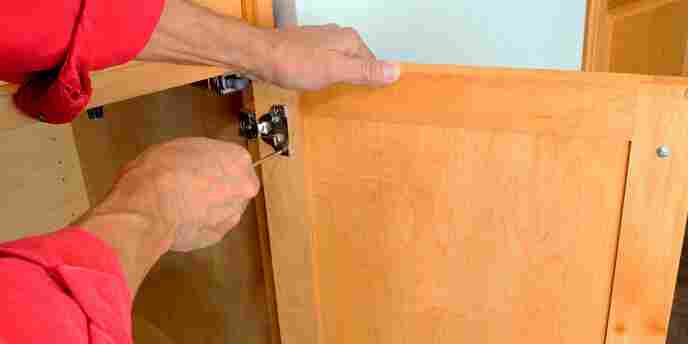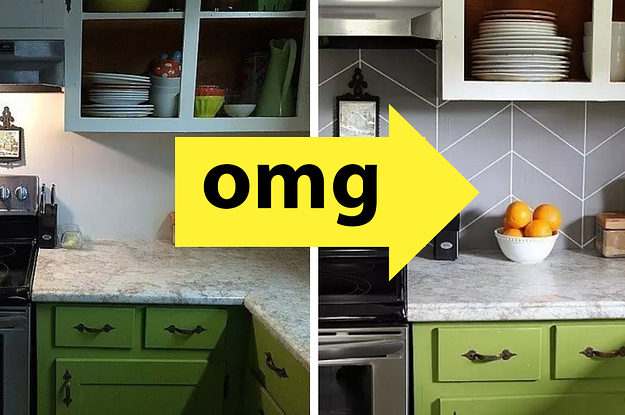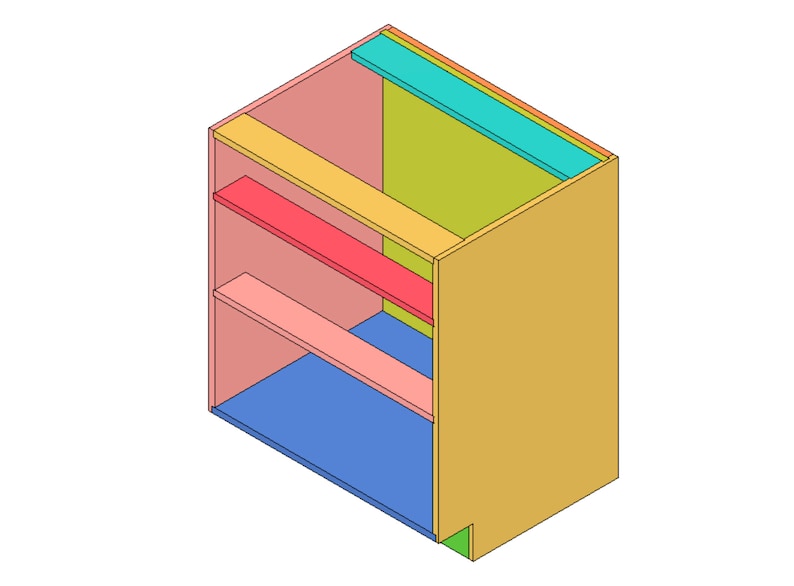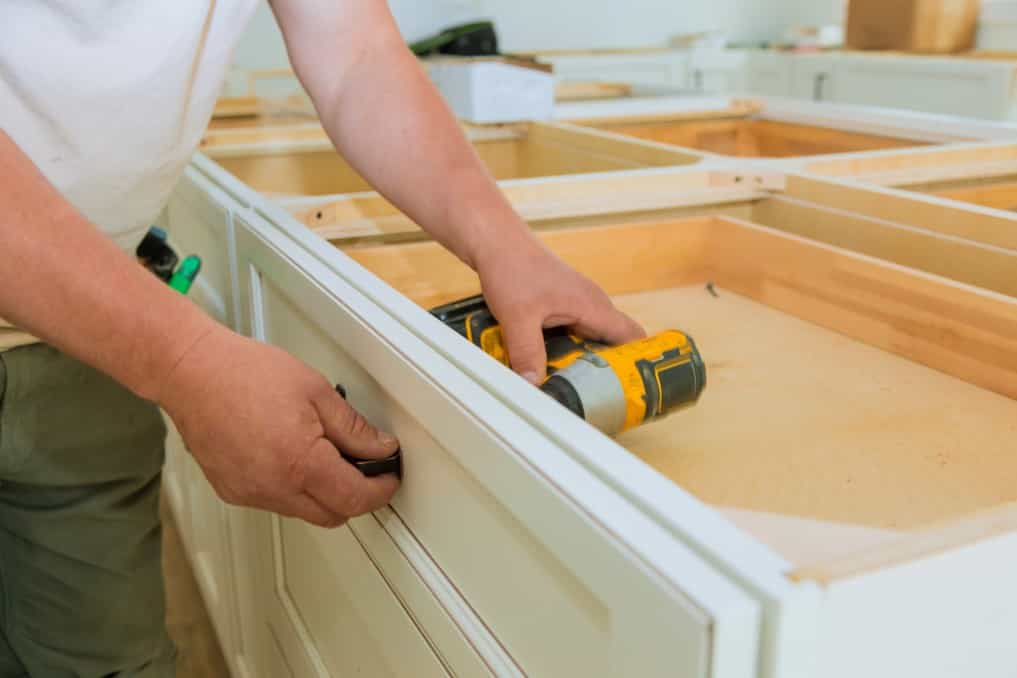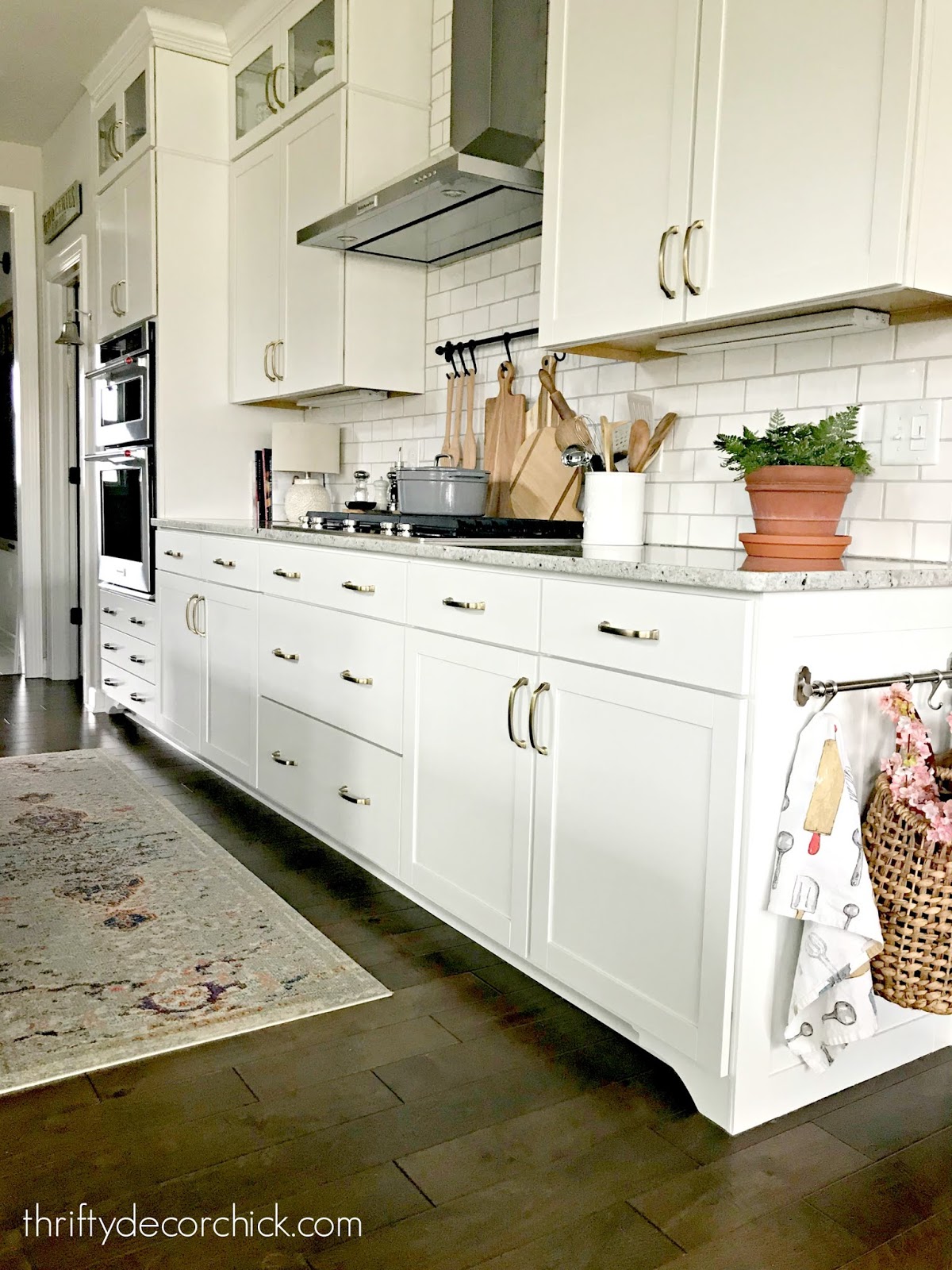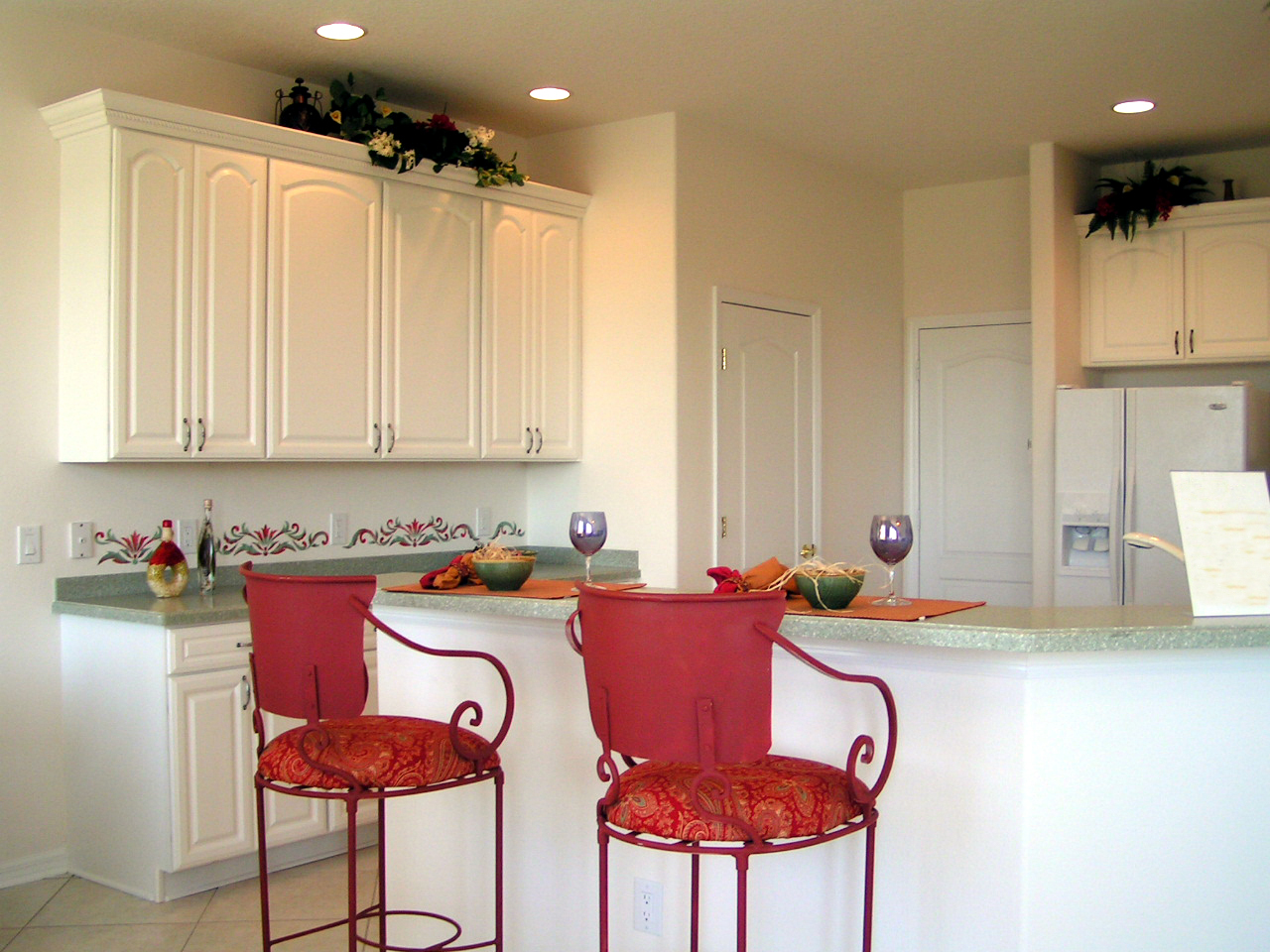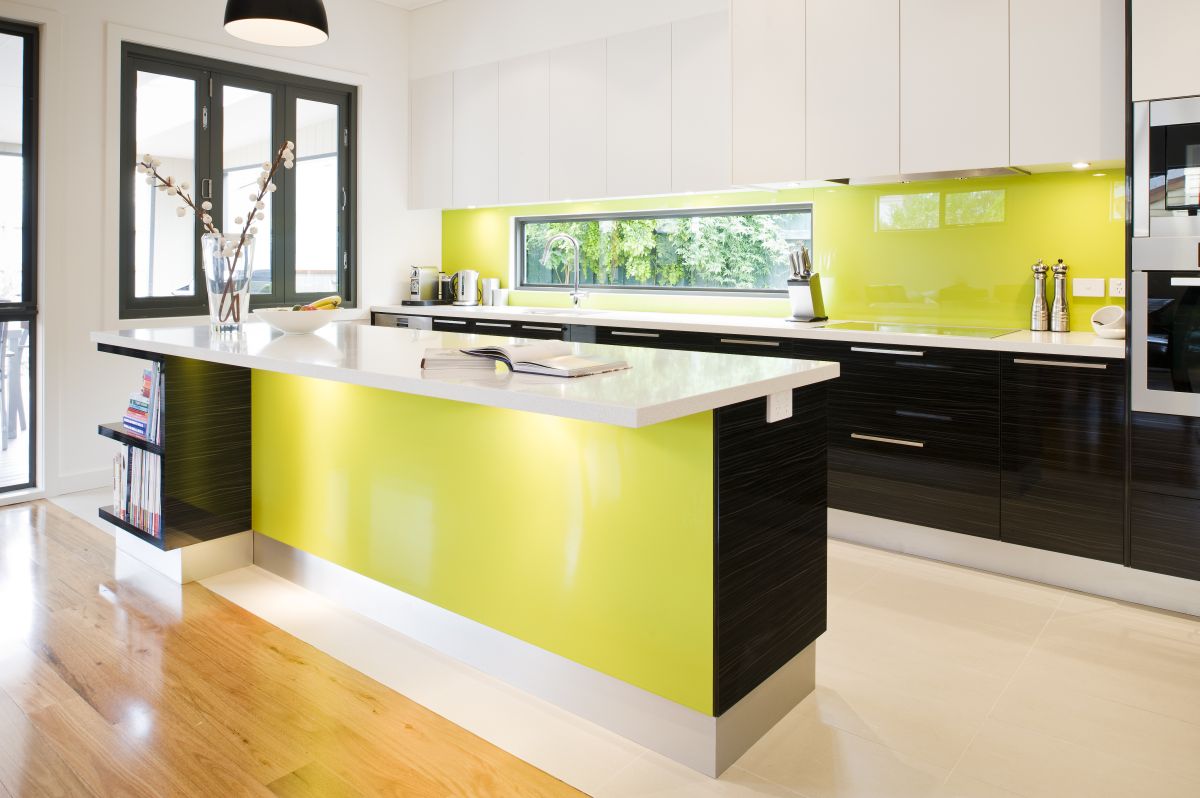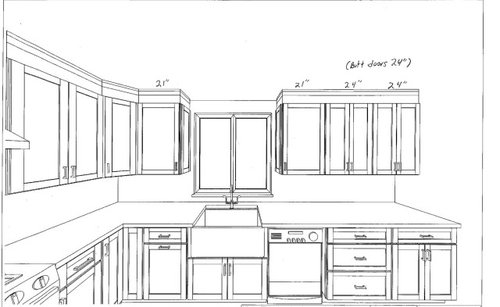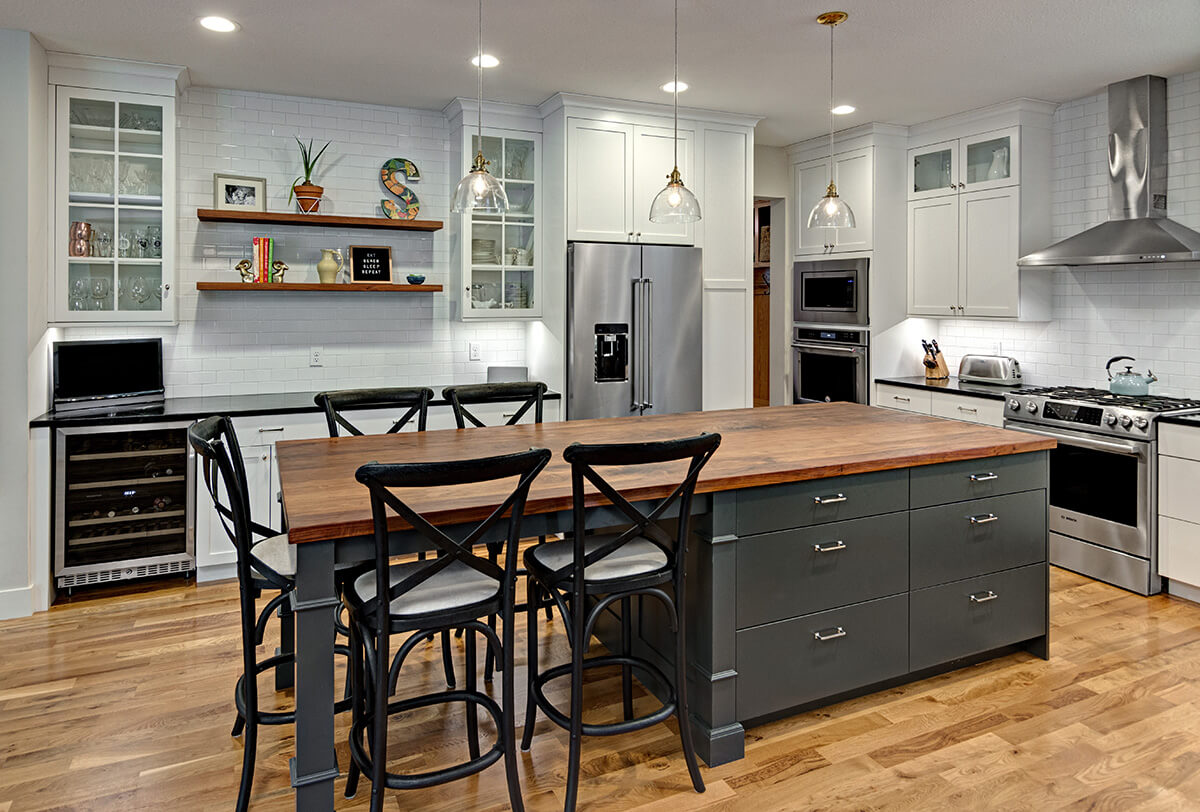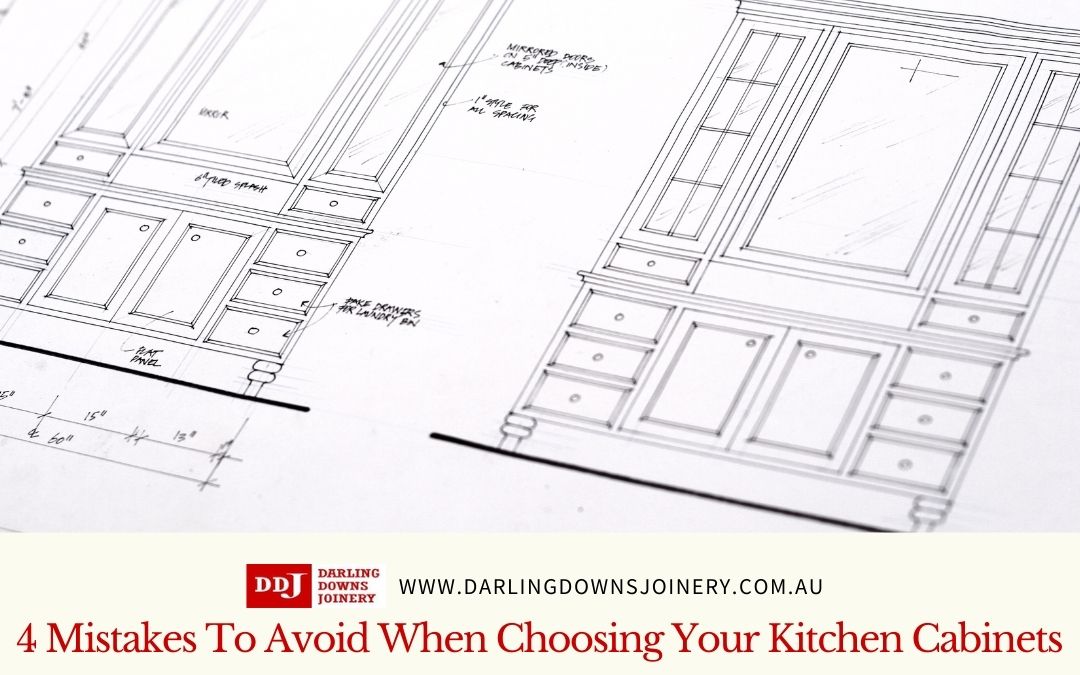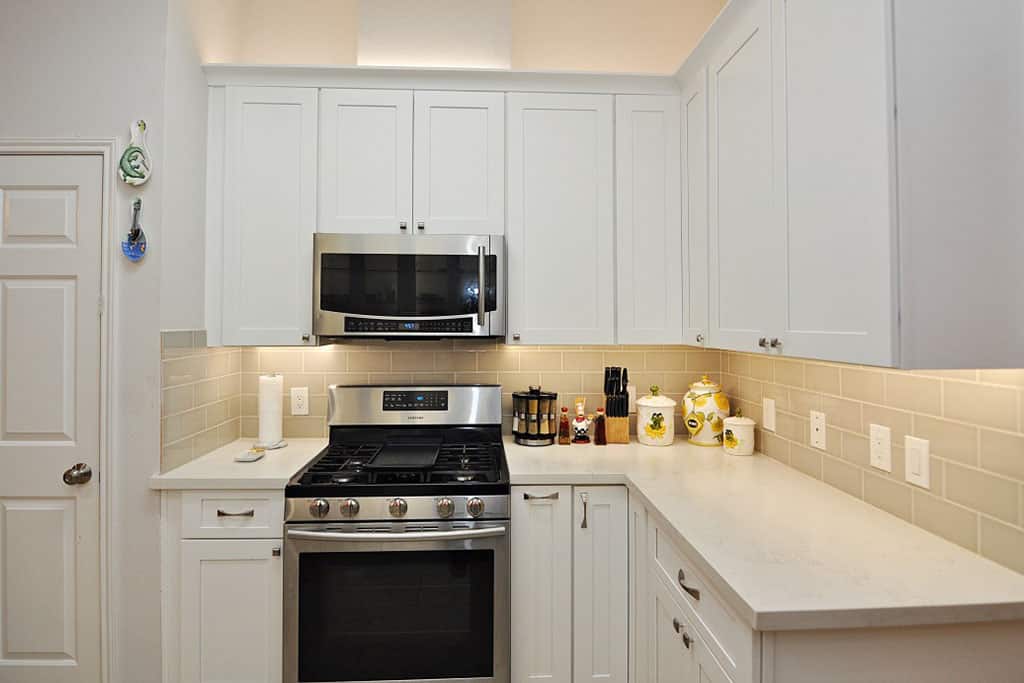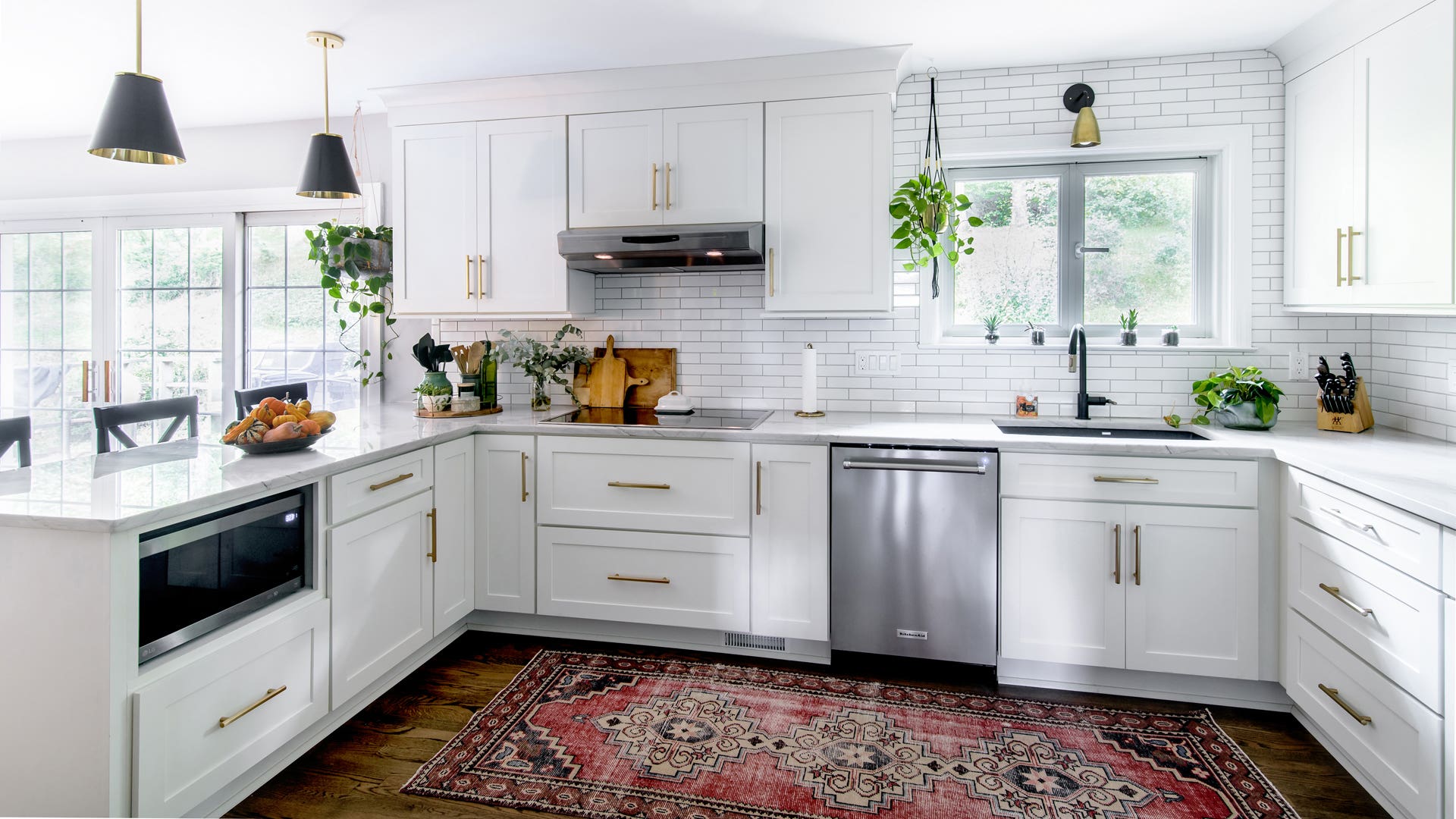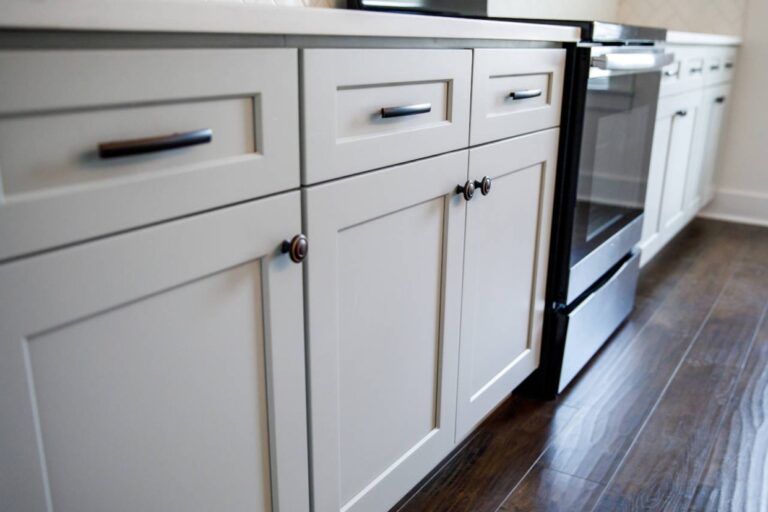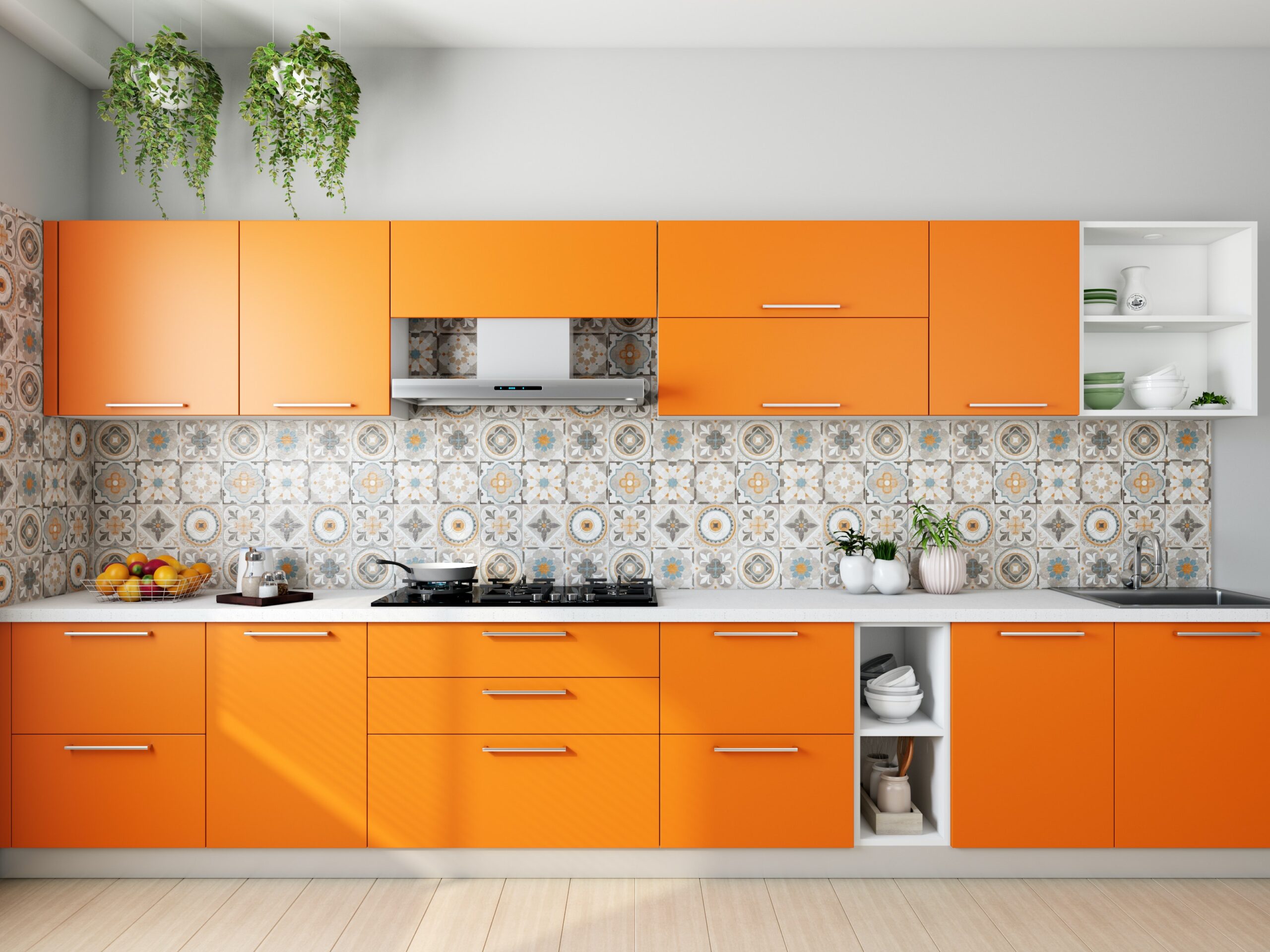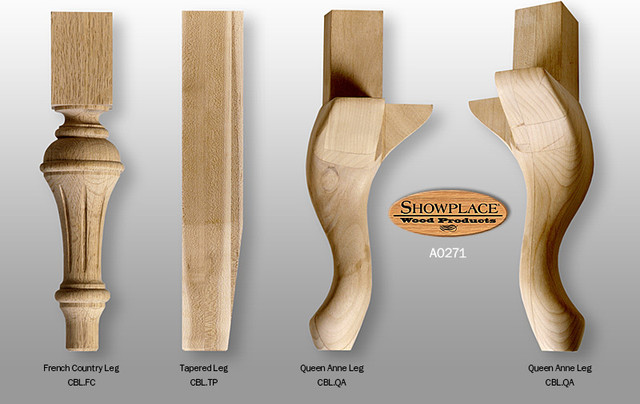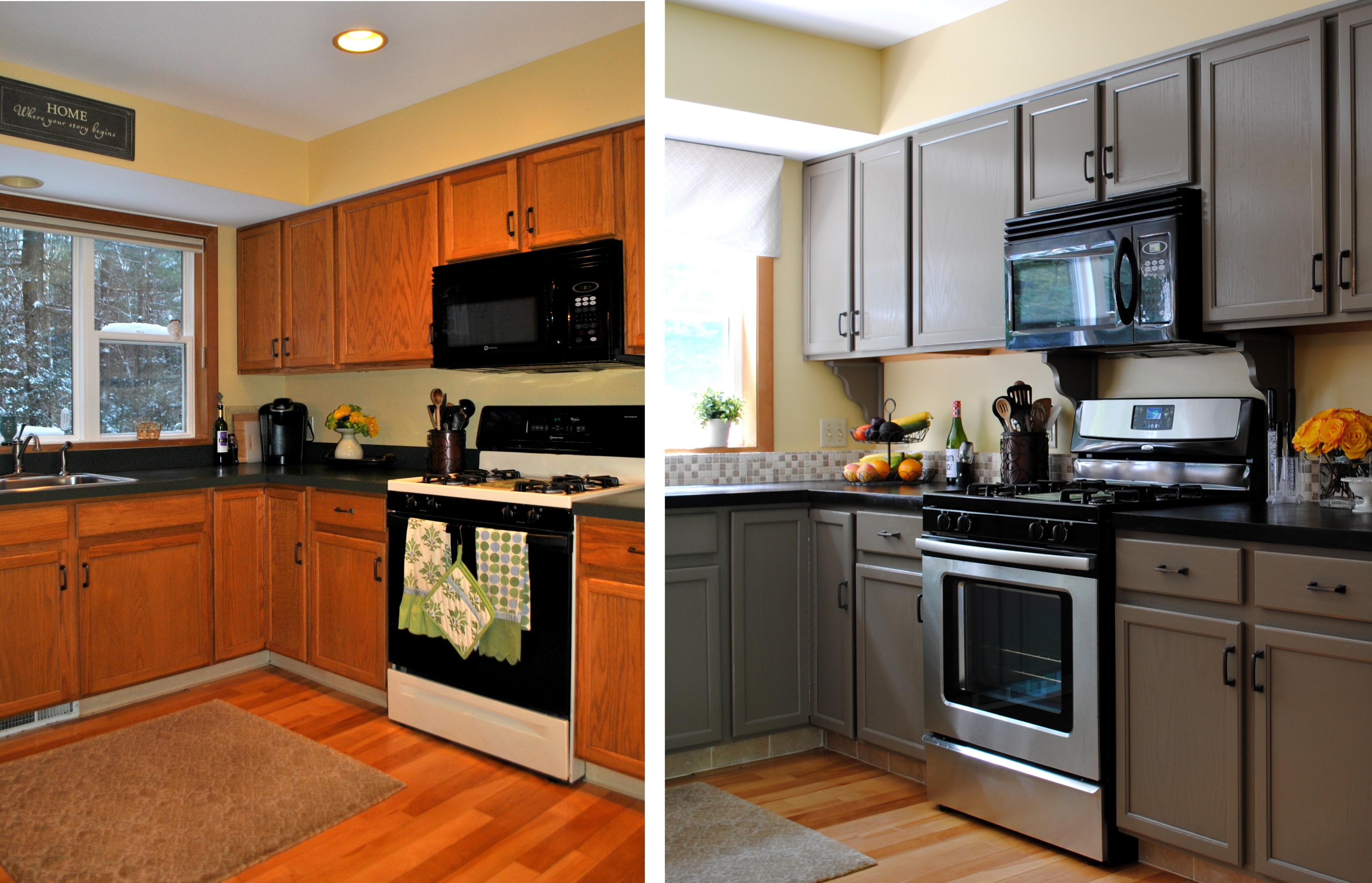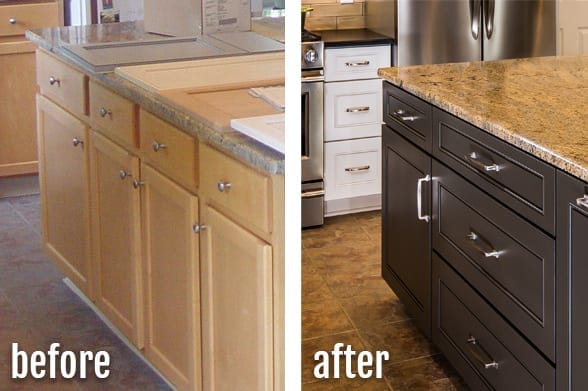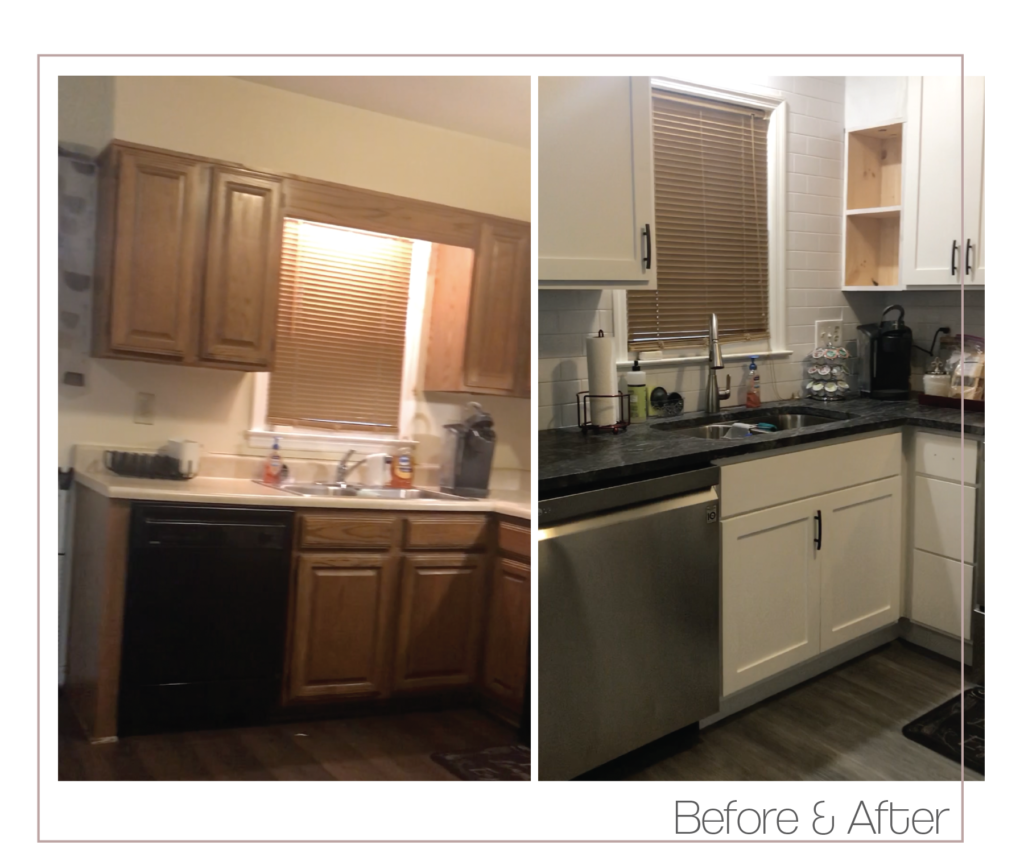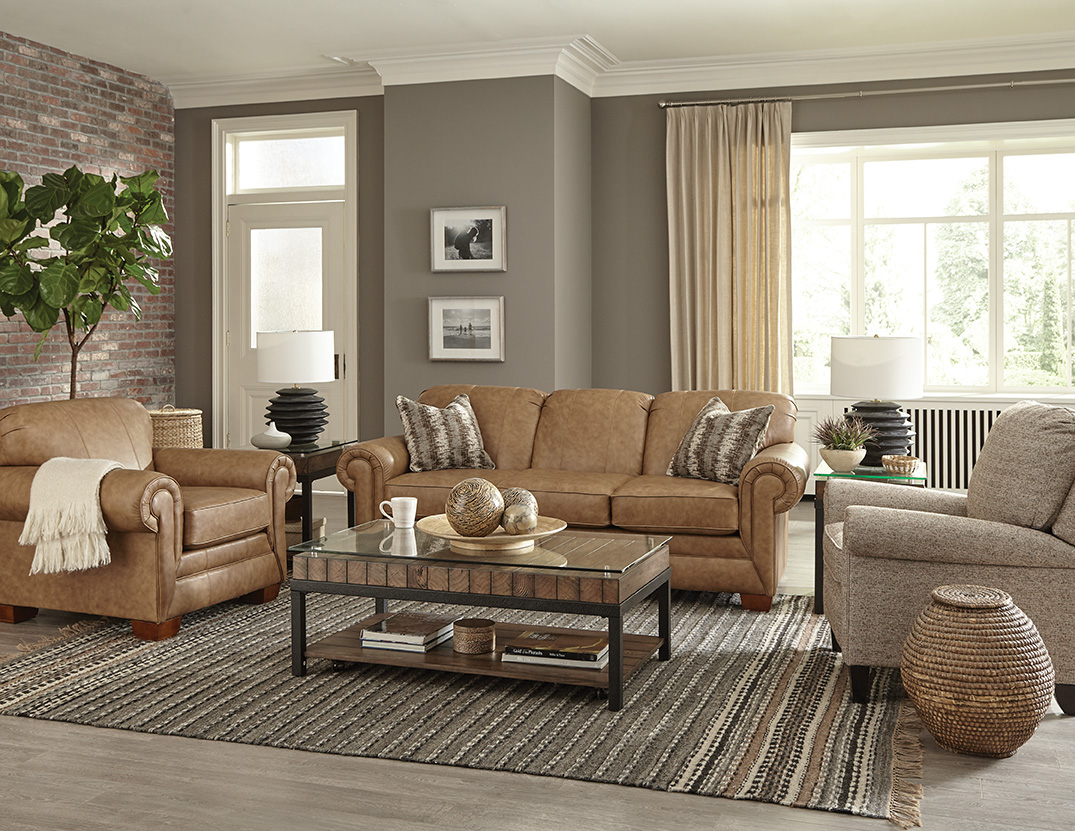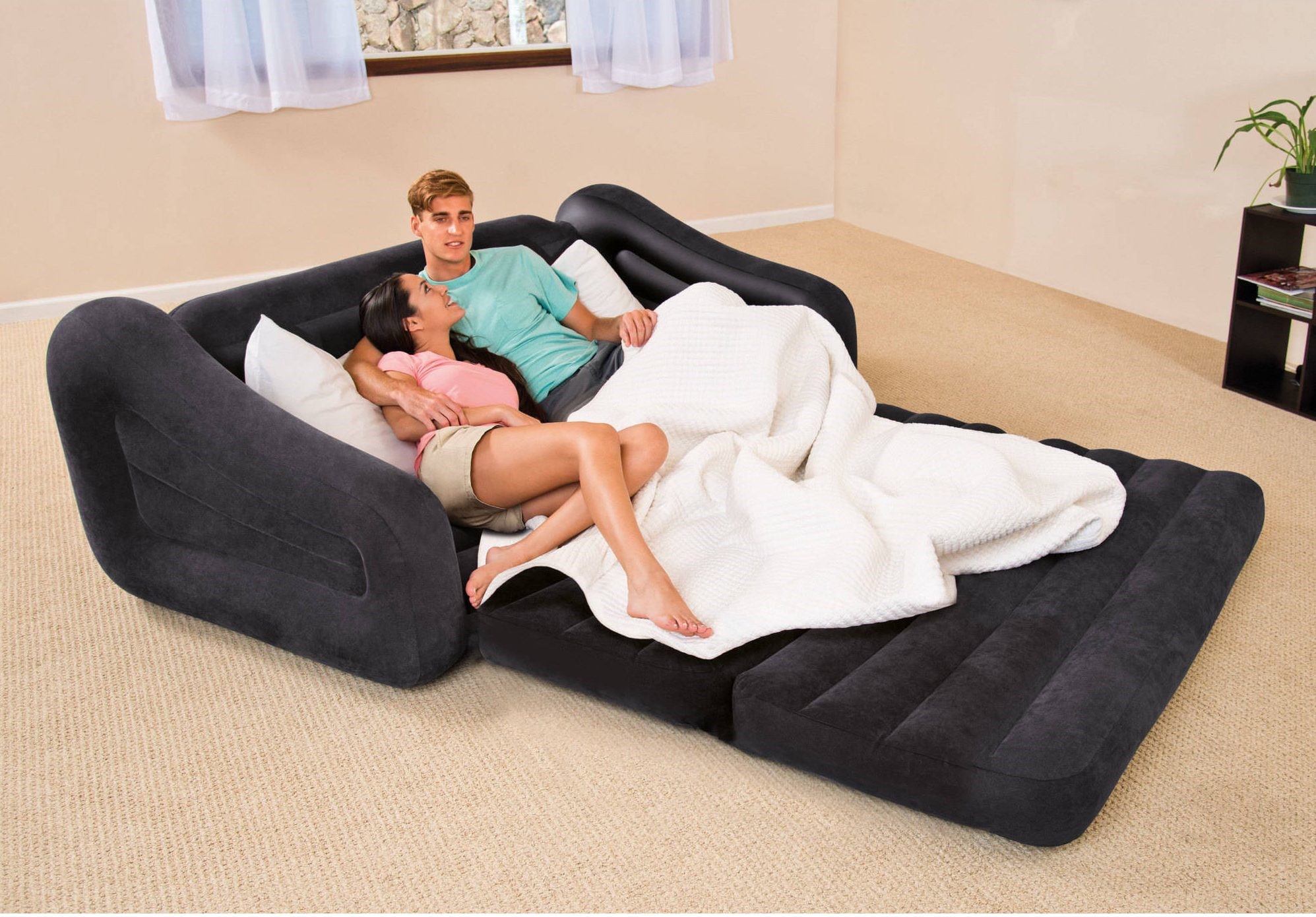Are you looking to add a unique touch to your kitchen cabinets? Consider adding table legs! This simple DIY project can transform the look of your kitchen and give it a more custom and upscale feel. In this guide, we'll take you through the step-by-step process of adding table legs to your kitchen cabinets. First, gather all the necessary materials: table legs, mounting plates, screws, measuring tape, saw, drill, and a level. You can find table legs at your local hardware store or purchase them online. Make sure to choose legs that are the right height for your cabinets and match the style of your kitchen. Next, measure the height of your cabinets and mark where you want the legs to be placed. It's important to ensure that they are evenly spaced and level. Use a level to make sure the marks are straight. Now it's time to cut the legs to the correct height. Measure the distance from the bottom of the cabinet to the mark you made and subtract the height of the mounting plate. This will give you the length you need to cut the legs. Use a saw to cut the legs to the correct length. Attach the mounting plates to the top of the legs using screws. Make sure they are centered and secure. Then, using a drill, attach the plates to the bottom of the cabinets. This will provide a sturdy base for the legs to be attached to. With the legs now securely attached, it's time to add the finishing touches. You can paint or stain the legs to match your cabinets or leave them as is for a more rustic look. You can also add decorative elements such as metal caps or feet to the bottom of the legs for a more polished look. Your kitchen cabinets now have a whole new look! Not only do the added table legs give them a more unique and stylish appearance, but they also provide additional support and stability. You can also use this method to add legs to other furniture pieces in your kitchen, such as an island or a pantry.1. Adding Table Legs to Kitchen Cabinets: A Step-by-Step Guide
If you're tired of the standard look of your kitchen cabinets, adding legs is a simple and affordable way to give them a unique touch. Not only does it add visual interest, but it also allows you to customize the height and style of your cabinets. Here's how to add legs to your kitchen cabinets for a one-of-a-kind look. The first step is to choose the right table legs for your cabinets. You can opt for traditional wooden legs, metal legs for a more modern look, or even repurpose old furniture legs for a vintage feel. Make sure to measure the height of your cabinets and choose legs that are the appropriate size. Next, you'll need to attach mounting plates to the top of the legs. These plates will provide a stable base for the legs to be attached to the cabinets. Make sure they are centered and securely attached to the legs. Measure and mark where you want the legs to be placed on the bottom of the cabinets. Use a level to ensure that the marks are straight. Then, using a drill, attach the legs to the cabinets by screwing them into the mounting plates. Once the legs are attached, you can add any finishing touches you desire. You can paint or stain the legs to match your cabinets or leave them as is for a more natural look. You can also add decorative elements to the bottom of the legs for a more polished appearance. Adding legs to your kitchen cabinets is a simple and cost-effective way to give them a unique and custom look. It's also a great DIY project that can be completed in just a few hours. So why not give your kitchen a mini makeover by adding legs to your cabinets?2. How to Add Legs to Kitchen Cabinets for a Unique Look
If you're a fan of DIY projects, adding legs to your kitchen cabinets can be a fun and rewarding task. However, it's important to have the right tools and know the proper techniques to ensure a successful installation. Here are some helpful tips and tricks for DIY kitchen cabinet leg installation. First and foremost, make sure you have all the necessary tools and materials before starting the project. This includes table legs, mounting plates, screws, measuring tape, saw, drill, level, and any additional decorative elements. Having everything on hand will make the process much smoother. Measure twice, cut once. This old saying holds true for adding legs to your cabinets. Make sure to measure the height of your cabinets and the length you need to cut the legs accurately. It's always better to have a little extra length to trim off than to cut the legs too short. Use a level to ensure that the legs are evenly spaced and straight. This will prevent any wobbling or instability once the legs are attached. You can also use a level to make sure the legs are the same height before screwing them into place. If you're using wooden legs, you may want to paint or stain them before attaching them to the cabinets. This will save you time and prevent any mess while installing them. You can also add a clear coat of sealant to protect the legs from wear and tear. Lastly, take your time and be patient. Rushing through the installation process can lead to mistakes and an unsatisfactory outcome. Follow the steps carefully and double-check your work to ensure a professional-looking finish.3. DIY Kitchen Cabinet Leg Installation: Tips and Tricks
Adding legs to your kitchen cabinets not only adds a unique and stylish touch to your kitchen, but it also has several practical benefits. Here are some of the advantages of adding legs to your cabinets. Firstly, it allows you to customize the height of your cabinets. This is especially useful if you have high or low countertops, or if you want to create a more ergonomic workspace. You can also choose the style and material of the legs to match the overall aesthetic of your kitchen. Adding legs also provides additional support and stability to your cabinets. This is especially important for cabinets that are holding heavy items, such as pots and pans. It also prevents the cabinets from sagging or warping over time. From a design standpoint, adding legs can make your kitchen cabinets look more like furniture pieces rather than built-in fixtures. This can add a sense of sophistication and elegance to your kitchen. It also allows you to change the look of your cabinets without having to replace them entirely. Lastly, adding legs to your cabinets is a budget-friendly way to give your kitchen a mini makeover. You can easily find affordable table legs at your local hardware store or online, and the installation process is relatively simple and can be done in just a few hours.4. The Benefits of Adding Legs to Your Kitchen Cabinets
When it comes to choosing table legs for your kitchen cabinets, there are a few factors to consider. Here are some tips to help you choose the right table legs for your cabinets. First, consider the height of your cabinets. You want to choose legs that are the appropriate height to ensure that your cabinets are level and stable. You can measure the height of your cabinets and subtract the height of the mounting plates to determine the length of the legs you need. Next, think about the style of your kitchen. If you have a more traditional or rustic kitchen, wooden legs may be the way to go. For a more modern or industrial look, metal legs can add an edgy touch. You can also mix and match different styles for a unique and eclectic look. Consider the weight and support that your cabinets will need. If you have heavy items stored in your cabinets, you'll want to choose sturdy and durable legs. You can also opt for legs with a wider base for added support. Lastly, think about the overall aesthetic you want to achieve. Do you want the legs to blend in with the cabinets or stand out as a statement piece? You can also choose to add decorative elements such as metal caps or feet to the bottom of the legs for a more polished look.5. Choosing the Right Table Legs for Your Kitchen Cabinets
Accurate measurements are crucial when it comes to adding legs to your kitchen cabinets. Here's how to measure and cut your table legs for a perfect fit. First, measure the height of your cabinets from the bottom to the top. This will give you the overall length you need for your legs. Next, subtract the height of the mounting plates to determine how much you need to cut off the legs. Using a saw, carefully cut the legs to the correct length. It's always better to have a little extra length to trim off than to cut them too short. Make sure to cut the legs straight to ensure they are level once attached to the cabinets. If you're using wooden legs, you may also want to sand down the cut edges to smooth them out. This will prevent any splinters or rough edges. You can also paint or stain the legs before attaching them for a more seamless finish. Lastly, double-check your measurements before attaching the legs to the cabinets. It's always better to make sure everything is accurate before moving forward with the installation process.6. How to Measure and Cut Table Legs for Kitchen Cabinets
While adding legs to your kitchen cabinets is a simple and straightforward process, there are a few common mistakes that can happen. Here are some mistakes to avoid when installing table legs on your kitchen cabinets. The first mistake is not measuring accurately. As mentioned before, it's essential to measure twice and cut once to ensure your legs are the correct length. It's also crucial to make sure the legs are evenly spaced and level before attaching them. Another mistake is not using the appropriate tools. Using a drill instead of a screwdriver can make the installation process much easier and ensure the legs are securely attached. A level is also necessary to make sure the legs are straight and even. Not sanding down the edges of the legs after cutting them can also be a mistake. This can result in rough or splintered edges that can be dangerous. Take the time to smooth out the edges before attaching the legs to your cabinets. Lastly, rushing through the installation process can lead to mistakes and an unsatisfactory finish. Take your time and follow the steps carefully to ensure a professional-looking outcome.7. Installing Table Legs on Kitchen Cabinets: Common Mistakes to Avoid
Adding table legs to your kitchen cabinets is a budget-friendly and time-efficient way to give your kitchen a mini makeover. Here's a cost and time estimate for this project. The cost will vary depending on the type of legs you choose and the number of cabinets you have. On average, table legs can range from $5 to $20 each. You will also need to purchase mounting plates and screws, which can add an additional cost of around $10 to $20. The time estimate for this project is approximately 2-3 hours. This includes gathering materials, measuring and cutting the legs, attaching them to the cabinets, and adding any finishing touches. However, this can vary depending on the size and number of cabinets you have and the type of legs you choose. Overall, adding table legs to your kitchen cabinets is an affordable and relatively quick way to give your kitchen a unique and custom look.8. Adding Table Legs to Kitchen Cabinets: Cost and Time Estimate
There are many creative and unique ways to use table legs on your kitchen cabinets. Here are some ideas to inspire you. Firstly, you can mix and match different styles of legs for a more eclectic look. This works especially well if you have a mix of cabinet styles in your kitchen. You can also paint or stain the legs different colors for a fun and playful touch. Another idea is to use decorative metal legs for a more industrial or modern look. You can also use hairpin legs for a mid-century modern vibe. These types of legs add a unique and eye-catching element to your kitchen cabinets. If you have a freestanding kitchen island, you can add legs to it to make it look more like a furniture piece. This also works for standalone pantry cabinets. You can use different styles of legs to give these pieces a more custom and personalized look. Lastly, you can use table legs on your upper cabinets to create a more open and airy feel. This works especially well in smaller kitchens where traditional cabinets can make the space feel closed off. The legs will give the cabinets a floating effect, making the room appear larger.9. Creative Ways to Use Table Legs on Kitchen Cabinets
Still not convinced that adding table legs to your kitchen cabinets can make a significant difference? Here's a before and after to show you the transformation it can make. Before, the kitchen had standard, built-in cabinets that didn't offer much in terms of style or customization. After adding legs, the cabinets now have a unique and custom look that adds personality and charm to the space. The legs also provide additional support and stability for the cabinets. The overall aesthetic of the kitchen has been elevated, giving it a more upscale and sophisticated feel. This simple and affordable project has transformed the look and feel of the kitchen, making it a more inviting and stylish space. In conclusion, adding table legs to your kitchen cabinets is a simple and cost-effective way to give them a unique and custom look. With the right tools and materials, you can easily complete this project in just a few hours. So why not give your kitchen a mini makeover and add legs to your cabinets today?10. Before and After: Kitchen Cabinet Transformation with Added Table Legs
Transform Your Kitchen Cabinets by Adding Table Legs

Why Add Table Legs to Kitchen Cabinets?
 If you're looking to give your kitchen a fresh, updated look, adding table legs to your kitchen cabinets is a simple and effective solution. Not only does it add a touch of style and uniqueness to your space, but it also increases the functionality of your cabinets. By elevating them off the ground, you create more storage space underneath and make it easier to clean those hard-to-reach areas. Plus, with so many different styles and materials to choose from, you can easily find table legs that match your personal taste and existing kitchen decor.
If you're looking to give your kitchen a fresh, updated look, adding table legs to your kitchen cabinets is a simple and effective solution. Not only does it add a touch of style and uniqueness to your space, but it also increases the functionality of your cabinets. By elevating them off the ground, you create more storage space underneath and make it easier to clean those hard-to-reach areas. Plus, with so many different styles and materials to choose from, you can easily find table legs that match your personal taste and existing kitchen decor.
How to Add Table Legs to Your Kitchen Cabinets
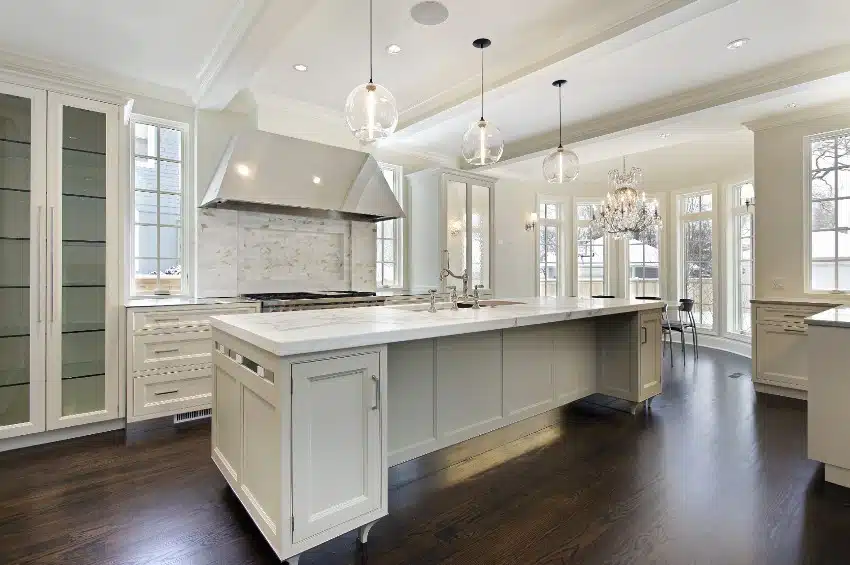 The process of adding table legs to your kitchen cabinets is relatively straightforward and can be done in just a few simple steps.
First
, gather your materials – you'll need a drill, screws, and the table legs of your choice.
Next
, measure and mark where you want the legs to be placed on your cabinets.
Then
, using a drill, attach the legs to the bottom of your cabinets with screws. It's important to make sure the legs are securely attached to prevent any wobbling or instability.
Finally
, give your cabinets a quick wipe down to remove any dust or debris, and admire your newly transformed kitchen cabinets!
The process of adding table legs to your kitchen cabinets is relatively straightforward and can be done in just a few simple steps.
First
, gather your materials – you'll need a drill, screws, and the table legs of your choice.
Next
, measure and mark where you want the legs to be placed on your cabinets.
Then
, using a drill, attach the legs to the bottom of your cabinets with screws. It's important to make sure the legs are securely attached to prevent any wobbling or instability.
Finally
, give your cabinets a quick wipe down to remove any dust or debris, and admire your newly transformed kitchen cabinets!
Choosing the Right Table Legs for Your Cabinets
 When it comes to choosing the perfect table legs for your kitchen cabinets, the options are endless.
Wooden
legs, whether stained or painted, add a warm and natural touch to your space.
Metal
legs give off a more modern and industrial vibe.
Tapered
legs create a mid-century modern look, while
turned
legs add a touch of elegance. Don't be afraid to mix and match different styles to create a unique and personalized look for your kitchen.
When it comes to choosing the perfect table legs for your kitchen cabinets, the options are endless.
Wooden
legs, whether stained or painted, add a warm and natural touch to your space.
Metal
legs give off a more modern and industrial vibe.
Tapered
legs create a mid-century modern look, while
turned
legs add a touch of elegance. Don't be afraid to mix and match different styles to create a unique and personalized look for your kitchen.
Other Creative Uses for Table Legs in Your Kitchen
Conclusion
 Adding table legs to your kitchen cabinets is a simple and affordable way to give your kitchen a fresh new look. By elevating your cabinets off the ground, you not only add style, but also increase functionality and storage space. With the wide variety of styles and materials to choose from, you can easily find the perfect table legs to match your personal taste and complement your existing kitchen decor. So why wait? Give your kitchen a makeover today by adding table legs to your cabinets!
Adding table legs to your kitchen cabinets is a simple and affordable way to give your kitchen a fresh new look. By elevating your cabinets off the ground, you not only add style, but also increase functionality and storage space. With the wide variety of styles and materials to choose from, you can easily find the perfect table legs to match your personal taste and complement your existing kitchen decor. So why wait? Give your kitchen a makeover today by adding table legs to your cabinets!






